By Tommy Clarkson from the March 2015 Edition
Mosaic Plant, Fittonia albivenis
Family: Acanthaceae
Also known as: Nerve Plant or Silver Net Plant
At some time in the not too distant past, I saw, read or was told that this was called a Window Pane Plant and have called it that ever since. However, upon commencing to write about it I have been unable to confirm such a name and, accordingly, apologize to all who have toured Ola Brisa Gardens and to whom I have given this erroneous information. However, based on my process of research through multi-source confirmation by various botanical professionals, you may rest assured that the following is to the best of my knowledge correct!)
This delightful, small, stem-rooting, creeping herb is native to the rainforest understory of the Peruvian Andes. To quote Nellie Neal, “their incredible network of white veins crisscrossing their surface (with) every curve and angle in the designer’s notebook . . . covered in (these) patterns (is) proof to any that need it that all art has organic origins.”
In fact, these most striking of veins also come in colors of pink or silver!
As to its Latin name, it was so designated to honor Elizabeth and Sarah Mary Fitton. They were both botanists and the writers of Conversations on Botany that was published back in 1817 when if my enfeebled memory rings correct – I may have been but a callow lad playing among the Sunflowers, Milkweed and Lambsquarters Plants of western Kansas!
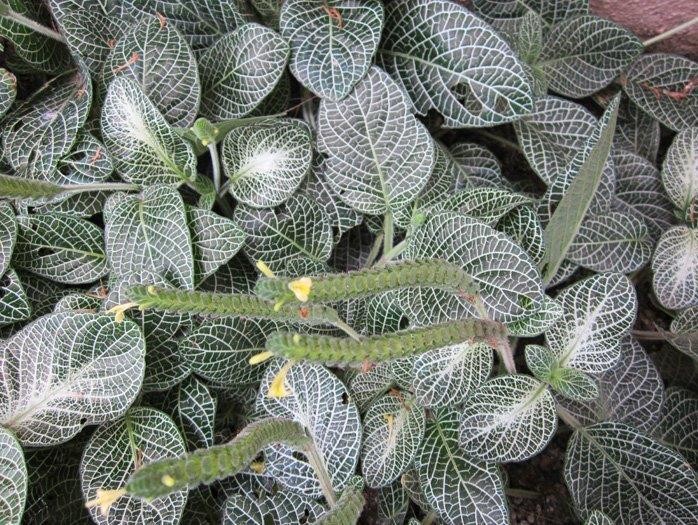
Those attractive, elliptical, four inch (10 cm) long dare I repeat myself heavily veined leaves (borne in pairs) facilitate the Fittonia albivenis to growing up to nearly six inches (15 cm) tall. Simply stated, there are few such plants that can so delightfully light up a shady area as can the Mosaic Plant!
Its shallow roots spread slowly, give rise to new variegated leaves and then, tenaciously, move on making a wonderful groundcover. A bonus is that, every so often, greenish, trumpet-shaped, flowers found among green, hairy bracts arise.
As to their preferred location in which to plant their roots, this water lover likes a warm mostly shady to bright, indirect light with rich, organic and well-draining soil. (If you can possibly find some African Violet potting soil and place your Mosaic Plant in it you’ll have a plant friend forever!)
They favor mulch and as it decomposes, work it into the soil. Regularity in care is their byword, so water and fertilize accordingly. Providing the proper amount of water is a key with this plant so strive to keep the soil constantly moist – but not soggy. On the other hand, it will collapse if allowed to dry out.
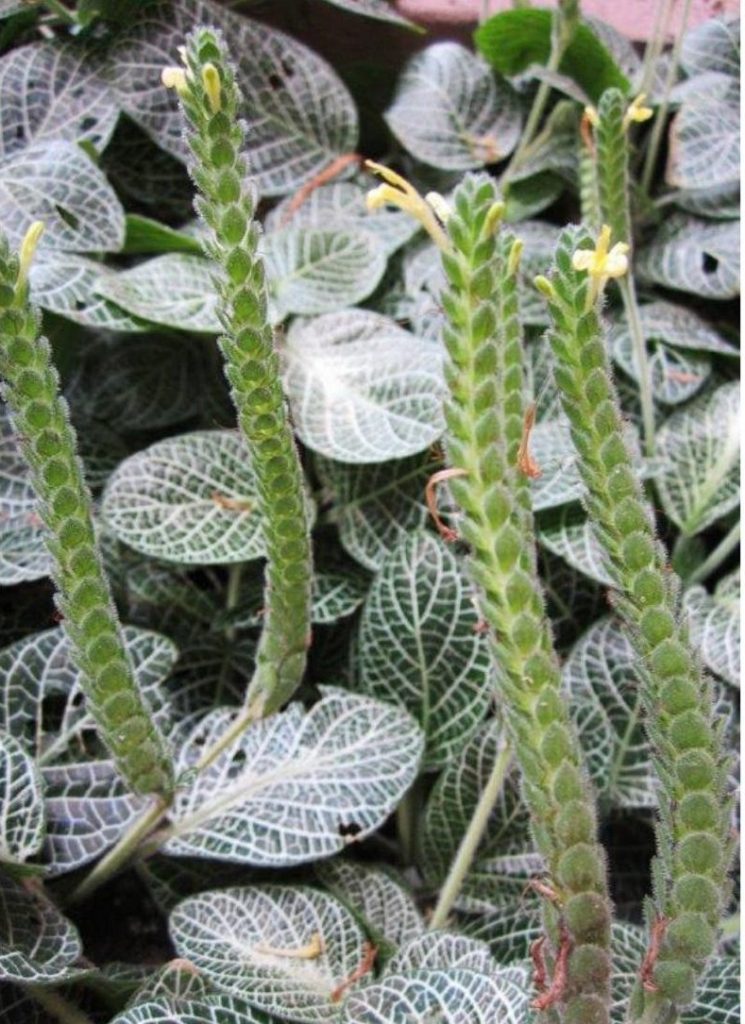
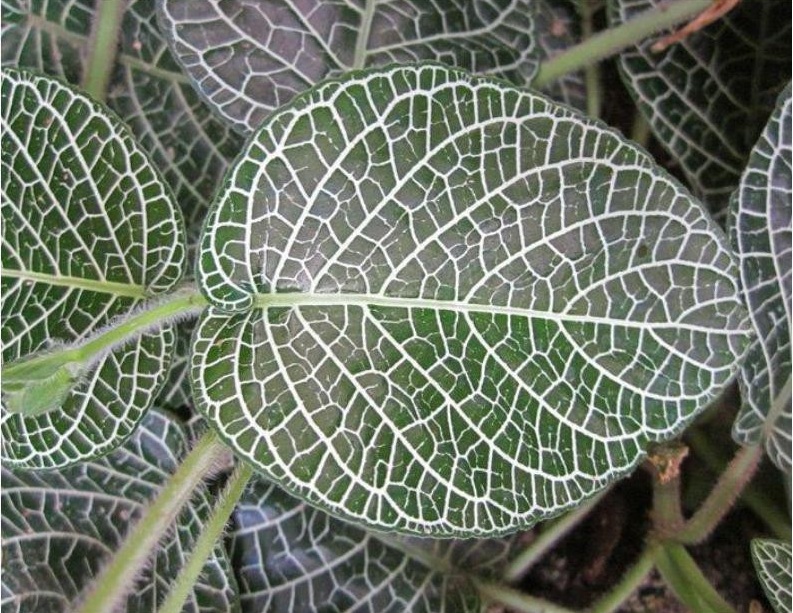
In the dry season, a misting of the leaves is encouraged. (Some I know, faithfully, mist their Mosaic Plant every day!) Lastly, once a month at half strength give them a balanced, soluble fertilizer. If the leaves begin to yellow you are probably overwatering.
To shape the plant and promote a denser foliage, pinch off the ends of its stems and, in fact, some growers pinch off the flower buds as they appear so as to direct all of its growth intentions to its leaves.
If your specimen is potted, I’d encourage re-potting and re-freshening the soil every couple of years.
On the “Beware of Nasties” side, keep a sharp eye out for Mealybugs that find their new growth quite tasty. Other possible problems include aphids, scale, slugs, thrips and spider mites.
The Mosaic Plant is very attractive when employed around Lady Palms or grouped with such as the Persian Shield which will present itself in a veritable riot of color! They also look great when potted with Arrowhead Plant, Dieffenbachia, English Ivy or Heart Leaf Philodendron. It can also be used in hanging baskets or in a bed as we have so done in Ola Brisa Gardens. Lastly, as a result of its low-spreading habit, the Mosaic Plant is ideal for dish garden or terrarium use.
If one finds these to their liking then they might wish to also use the red-veined variant (Fittonia verschaffeltii) – which can tolerate more sunlight. But remember, both varieties are highly sensitive to the cold, dry air and avoid direct sun as such is anathema to its sustained good health!
For propagation, take stem tip cuttings and insert them in moist potting mix where – if in warm, humid environs – they will root in two to three weeks.
Small and compact, it’s great for home, office or niche planting outside!
For back issues of “Roots”, gardening tips, tropical plant book reviews and videos of numerous, highly unique eco/ adventure/ nature tours, as well as memorable “Ultimate Experiences” such a Tropical Garden Brunches. Visit us at.. www.olabrisagardens.com
Download the full edition or view it online
—
Tommy Clarkson is a bit of a renaissance man. He’s lived and worked in locales as disparate as the 1.2 square mile island of Kwajalein to war-torn Iraq, from aboard he and Patty’s boat berthed out of Sea Bright, NJ to Thailand, Germany, Hawaii and Viet Nam; He’s taught classes and courses on creative writing and mass communications from the elementary grades to graduate level; He’s spoken to a wide array of meetings, conferences and assemblages on topics as varied as Buddhism, strategic marketing and tropical plants; In the latter category he and Patty’s recently book, “The Civilized Jungle” – written for the lay gardener – has been heralded as “the best tropical plant book in the last ten years”; And, according to Trip Advisor, their spectacular tropical creation – Ola Brisa Gardens – is the “Number One Tour destination in Manzanillo”.
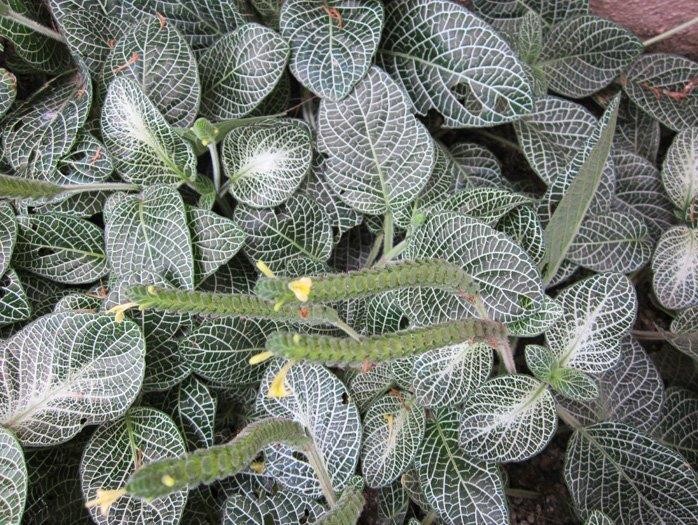

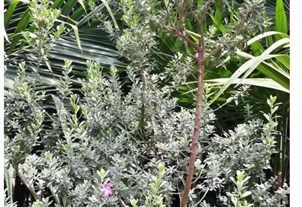
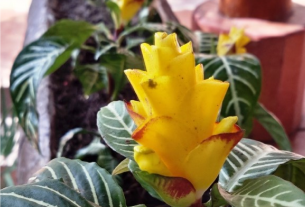
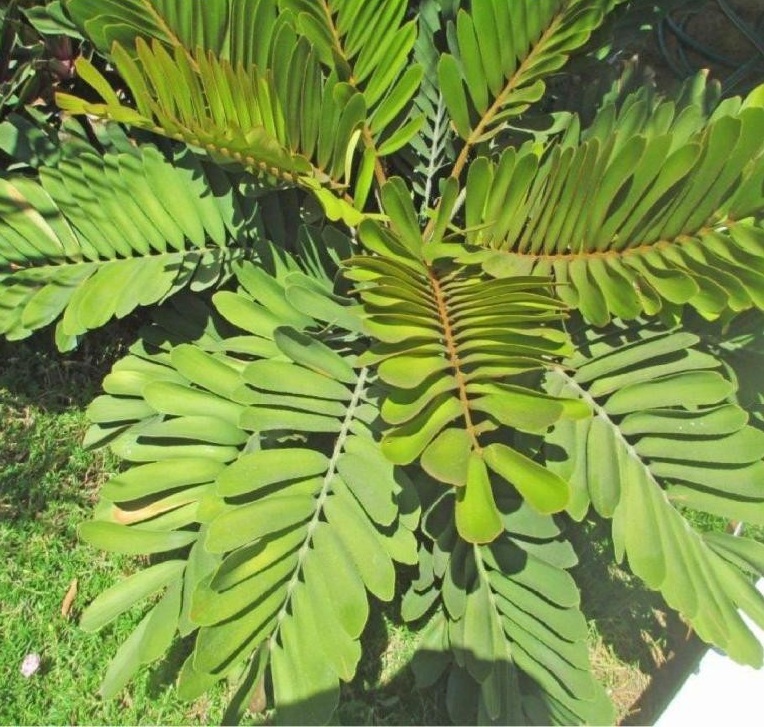
You must be logged in to post a comment.